I’m a bit of a fact freak and I always love learning new facts about countries I backpack to, Poland opened up a new ball game when I (completely unexpectedly) relocated to this beautiful country in 2016 – are there any secrets hiding here? You see Poland has a huge amount of history to it, has been on the map, off the map, in the war, in the war and in the war, and Polish people are very well educated and love to travel, so it might be hard to find things they really don’t know, so I set myself a task. I was sure I could do this: try and find some things my Polish friends and Polish people in general MIGHT not even know. Well to be honest, one of my Polish friends helped with the research for me on this article (beer for Sir Kowalczyk!). But seriously, is there anything about Poland that the local Polish people don’t know? You make up your mind from these sixteen cool facts. Enjoy! Whether you are Polish or not. 🙂
1.Vodka started in Poland, NOT Russia
Russians who read might cringe at the thought that Vodka was not invented in Russia, instead Poland. While the early documents of the alcohol’s beginnings are in both Polish and Russian, Poland was officially the first to mention it in writing so the origin is clear, right? No arguments, I’m going along with it – sorry Russia – if you made it first, why didn’t you tell us? I did a wee bit of research and I found that the world’s first written mention of the drink and of the word “vodka” was in 1405 from Akta Grodzkie who recorded this in a document in Sandomierz in Poland. I’ve yet to visit Sandomierz, but one for the list. The rest is history and while it’s not a drink I like, I have endured the nights at Polish weddings knocking it back. Na Zdrowie. Sto Lat etc.
2. 170 Cats “work” at Warsaw’s famous Palace of Culture and Science
I loved this fact when I found out about it. Yes, you heard right – Warsaw’s iconic centrepiece “employs” cats – the Palace of Culture and Science (that’s a “present from Stalin’s reign“) sits opposite the city’s main train station and the swanky złote tarasy shopping centre. It is one of the most striking and photographed buildings in the country and I myself have been to the top, bottom and cinema within it. However, mice and rats are still common in the Polish capital and they are pests, and so the clever tactic? Lots of cats. 170 of them. They protect this beauty from an invasion of mice – the Polish government put the cats here. Fair play, I say. Classic idea.
3.In the Middle Ages in Poland, the beaver was considered a fish
I’m not a big animal freak despite backpacking safaris, feeding hyenas and stroking crocodiles on my global journey but this is a cool fact. Back in the Middle Ages in Poland the beaver was classified as a fish because most of their lives they spent their time in water and they had a luscious, fish like tail! It’s not a myth, just a misunderstanding or a different interpretation. And don’t be confused with the fact that modern-day English now classes the “beaver” as a “pussy” – ladies it’s English slang for your vagina. How confusing.
4.On average Polish people marry the youngest in the EU
Some of my friends might be an exception, but If you meet any Polish people in their early twenties, quite often they are already in a steady relationship, ready to get married and ready to have children. Factually Polish people get married younger than any other country in the European Union, and by a long shot too. I’ve already been to two weddings in my first year here!!
The average age for marriage in Poland is usually somewhere annually between 25 – 27, and with Belarus, Ukraine, Albania and Serbia all non-EU, their lower averages won’t affect things – Britain soon to join them. Those four countries do marry lower than Polish people on average but they ain’t EU so Poland wins (or loses, depending on your mindset).
“Jonny quit, Jody got married” – true story.
5.The best country at the 1974 World Cup was Poland
Even though West Germany won the 1974 World Cup, with the Netherlands coming second, Poland were statistically the best team in the tournament! The Polish National football team played 7 matches, winning 6 of them, giving them a superior points tally to the Dutch and also a superior goal difference to eventual winners West Germany. Their six wins came against the mighty Brazil, Sweden, Italy, Argentina and Yugoslavia as well as a drubbing of lesser known Haiti.
Country – played, won, drawn, lost, goals scored, goals conceded, goal difference, points
(Best Team – Poland, Second Best Team – West Germany, Third Best Team – Netherlands)
| 7 | 6 | 0 | 1 | 16 | 5 | +11 | 12 |
| West Germany | 7 | 6 | 0 | 1 | 13 | 4 | +9 | 12 |
| Netherlands | 7 | 5 | 1 | 1 | 15 | 3 | +12 | 11 |
The team was led by captain and hero Kazimierz Deyna (who hails from Starogard Gdański) and Grzegorz Lato (who comes from Malbork). Lato scored 7 goals in the tournament and won the Golden Boot, I made a pilgrimage to Deyna on my journeys through Warszawa and quirkaday Starogard.
6.The dude that invented Fahrenheit was Polish
While the debate rages on between whether to use Degrees Celsuis or Degrees Fahrenheit, here in Poland a monument marks the fact that Daniel Fahrenheit was born here, in Gdańsk. His name is part Dutch and part Polish and he grew up in the town centre of Gdańsk, not far from the street I used to live on. These days, there are two ways to backpack sights relating to this. One is to view the actual Fahrenheit Thermometer which sits in the heart Gdańsk’s Ulica Długa, the second is to visit the house where Daniel grew up. It’s becoming more touristic so go see it now before it gets overwhelming.
7.The Second World War ACTUALLY started at the bridge in Tczew
Most Polish people that I have spoken to still assume that the Second World War began either in central Gdańsk at the eerie Post Office which I wrote about, or at Westerplatte, on the coastline of Gdańsk. But the fact remains – the small town of Tczew in Poland’s Kociewie region was where the Nazi Germans first attacked and I learned this while eating pierogi in Gdańsk with my friend Karolina Kokosz in July 2016. At 4 a.m. on September 1st, 1939, they attacked the bridge here in Tczew, so I went to backpack to Tczew to check it all out.
8.The word “pierogi” is often used wrongly!
“Pierogi” is Poland’s proud national food and is popular with locals and tourists alike, you probably read it is one of my favourites!
While foreigners like me might be excused when we wrongly use the words “Pierogs”, “Pierogis” or “Pierogies” (all three are blatantly incorrect), local Polish people also tend to refer to any plural number of the food as “pierogi”. Factually this isn’t totally correct (they might cringe at a tourist telling them this!) but “pierogi” should refer to ONLY 2, 3 or 4 “pierogs”, rather than usual helpings of 8, 12 or 15. While attending two of the best language schools in Poland – Klub Dialogu and Learn Polish in Gdansk, my teachers always reminded me that it should be:
“one pierog” (the singular name for one pierog),
“two, three or four pierogi” or indeed
“five, six, seven, eight… pierogów”.
The reason being that numbers from 5 onwards are treated differently and don’t ask me about the exceptions for 12 – 19 and so on – it is still a hard language to learn. And when you say 22, it reverts back to pierogi!! Smacznego!
Restaurant menus tend to write “pierogi ruskie” without telling you how many you will get. Normally this means you get 8 “pierogs”, which should be written “osiem pierogów”. As a tourist they might think you are rude or crazy to disagree and I love to check this out. Justification is key!
9.More people turned up to see Pope John Paul II at the Nou Camp than they did for Lionel Messi
The Pope is bigger than Messi, move over Lionel!! Yes you’ve heard the Beatles claim they were bigger than God and Oasis are bigger than Jesus. But there is no disputing the fact that Pope John Paul II definitely attracted more people to the Camp Nou than most of the strongest FC Barcelona teams down the years!! On November 7, 1982, Pope John Paul II gave a Catholic Mass inside the Camp Nou.
“Our man of men” – William Shakespeare.
It was his first time to present a Mass in Catalonia and a historic moment for the club and the region. The mass attracted around 120,000 people, which is 20,000 more than current FC Barcelona home matches. It is an attendance only ever matched three years later for the European Cup quarter final between Barcelona and Juventus on March 5, 1986. The Pope’s legacy lives on and the record will not be broken in the foreseeable future, since the current capacity of the Camp Nou is 99,354. As you can see, my own visit attracted an attendance of zero – that’s how unpopular Northern Irishman in Poland is in Barcelona!!!
10.More Jews were rescued by Poland than any other country in World War II
Education goes a long way in pretty Poland. It’s a country where books are read constantly and this one is probably more well known than the others on this list. Polish-based Jews were the main victims of the German War machine during the Second World War. Thankfully despite the outrageous number of German Death camps and means of exterminations during the Holocaust, Polish people came to the rescue – saving the lives of thousands of Jews.
Before World War II there were 3.3 million Jewish people living in Poland. To date, 6,706 Christian Poles have been awarded the title of Righteous Among the Nations by the State of Israel – more than those of any other nation by far and no surprise there for me. The number of rescuers is estimated at 100,000 and there may have been two or three times as many who offered help in a country that welcomed Northern Irishman in Poland with undauntigatable aplomb. Figures are of course disputed and it is hard for us to judge 100%, but it has been estimated that the number of Jews sheltered by Poles at one time might have been as high as 450,000. Colossal. Well done Poland.
11.Poland has had THREE currencies in its time – it wasn’t always the złotych!
While we all know and love today’s Polish currency – the złotych (gold), it hasn’t always been like that! In the past, Poland has had NOT only different variations of the złotych itself, but also two other currencies:
- The Polish Mark (1918 – 1924)
The Polish Mark – Polish marks were used post World War I, after the defeat of the German Empire and Austro-Hungary. The first banknotes had either Tadeusz Kościuszko (5, 10, 100, 1000 marks) or Queen Jadwiga (10 and 500 marks) on them. 1 and 20 marks also circulated, but they showed nobody on the banknotes. It was a short lived and often forgotten currency, the Polish marka was extremely unstable because of the constant wars with its neighbours. Attempts to reduce the expenditures of Polish budget were vain – all the money gained went to conduct war with the USSR. To complicate the matters, those attempts did not please the elite, which ruled the country.
- Danzig Gulden (Bank of Danzig notes 1923 – 1939)
Somehow the Gdansk and part of the Trojmiasto area was smuggled into a Moniker/ Autonomous region known as the Free City of Danzig. In its existence, this shortlived province / country had two currencies in fact, the German Papiermark and then the Danzig Gulden –
- Papiermark (before 1923)
- Danzig gulden (from 1923)
12. Poland has a rock called “Elephant’s ass” (in Polish: dupa słonia)
Hold on – there are no elephants in Poland outside of a zoo, but there is a rock called “Dupa Słonia” in the middle of the Będkowska Valley in the Kraków – Częstochowa Upland! This is located in the grassy clearing formed from the lateral extension of the gorge connecting the bottom of the valley to a stream. It is a very popular climbing rock .
13. One of only 19 original copies of the Gutenberg Bible is located in Pelplin
The little town of Pelplin in Poland’s pretty Kociewie region houses an original Gutenberg Bible. It is one of only nine copies of the bible in the world that survive in their original 15th century binding. When I backpacked in Pelplin in 2016, I headed to the Diocesan Museum just to see this, though the town itself is a pure fire travel gem, also possessing the famous John Paul II Hill and the huge Pelplin Abbey.
14. The world’s first upside down house is located in Poland
While I backpacked in Kaliningrad in 2016 and later in the seaside resort of Międzyzdroje, I noticed two strking “Upside down houses”. After some research I found out that Poland had the first one of these that was opened to the public. The village of Szymbark only has about 500 residents, yet it still manages to be a magnet for tourists as it has the world’s first upside down house that was open to the public. Back in 2007 this wacky gem of a wooden house was unveiled, attracting worldwide media attention and starting a revolution for all things upside down, with Germany and Kaliningrad soon getting in on the act. But the Poles did it first, and it is well worth a trip to Szymbark to check this place out!
15. The only country in mainland Europe that was spared by the epidemics of Black Death was Poland
The former “Kingdom of Poland” (with geographical borders different to today’s Republic of Poland) was completely spared by the epidemics of the Black Death. A truly shocking fact, the map on Wikipedia goes some way to show it – with the current Mazury region not officially in the Kingdom of Poland or affected by deaths at that time.
16.The Founder of the cosmetics giant Max Factor was Polish
You’ve heard of Cosmetics Giant Max Factor right? Well guess what – the founder was Polish but not only that – his real name was Maksymilian Faktorowicz. Are you serious? That was his real name? If it’s on Wikipedia then it must be true! Indeed, Maksymilian Faktorowicz was a Polish-Jewish entrepreneur.
I actually had more facts but edited them down as I felt all Polish people would know the others, judging by the response on this, I may add more similar posts.
Other reading on my blogs:
9 Stonewall Reasons why I love living in Poland
My 5 Favourite Facts About Poland
Top 5 Things I Respect About Living in Poland
“sink is fulla fishes, she gat dirty dishes on the brain” – Noel Gallagher.
You can also read my articles on Poland on other websites on my media list and I am on all the social media below:
– E-mail me jonnyscottblair (at) hotmail (dot) com or jonny (at) northernirishmaninpoland (dot) com
– Like Northern Irishman in Poland on Facebook
– Subscribe to Northern Irishman in Poland videos on YouTube
– StumbleUpon Northern Irishman in Poland
– Follow Northern Irishman in Poland on Instagram
– Follow Northern Irishman in Poland on Twitter
– Get Northern Irishman in Poland on GooglePlus

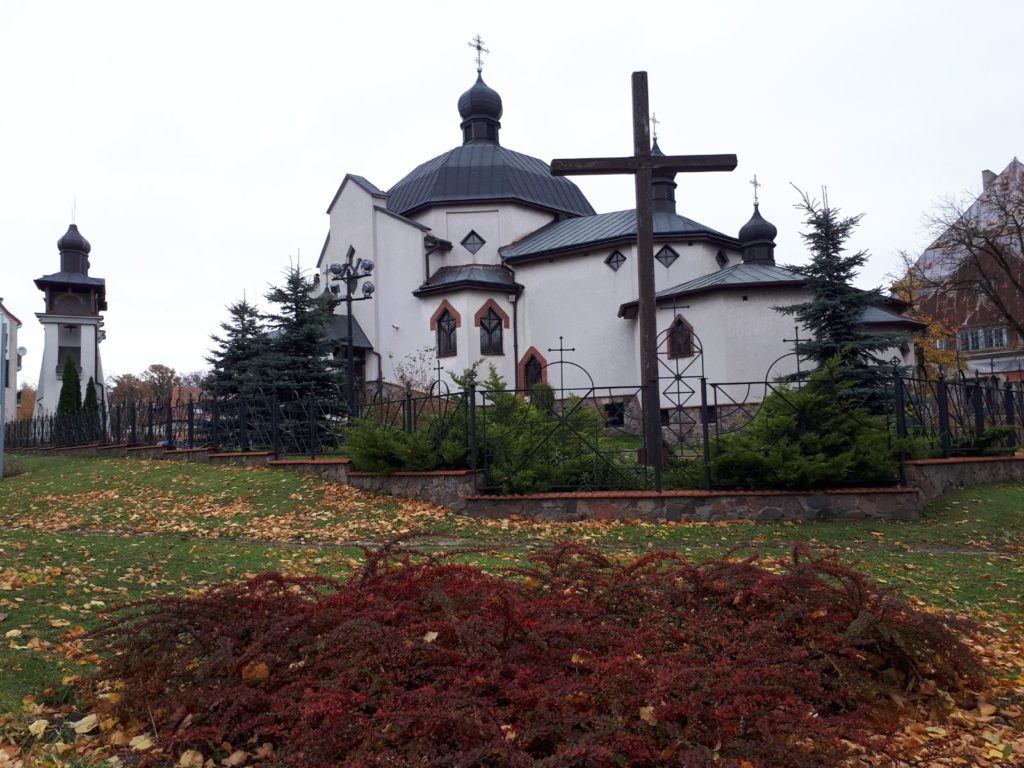








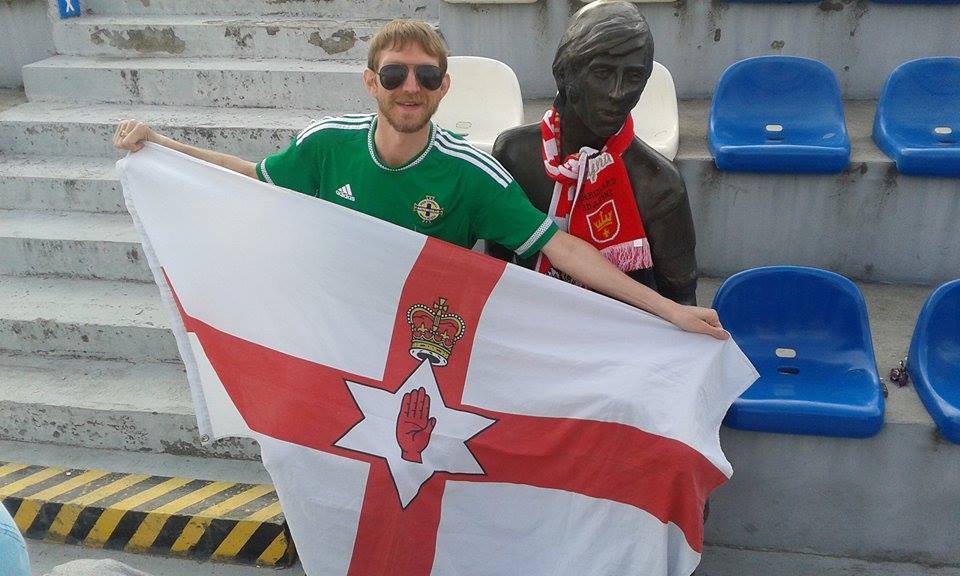
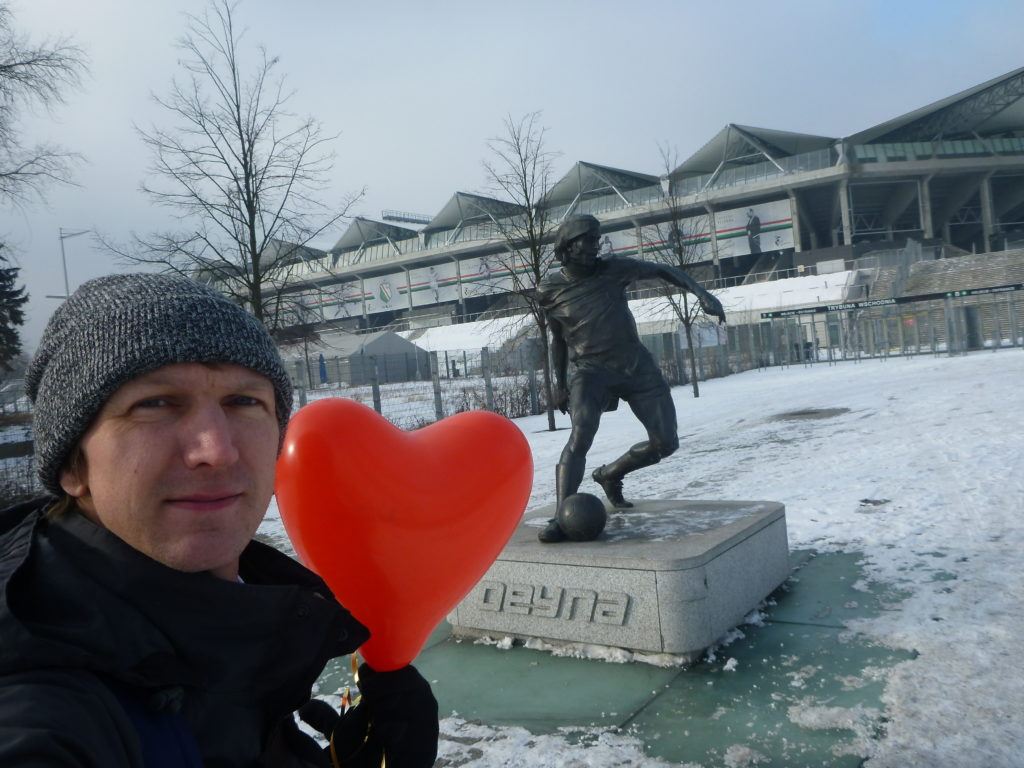








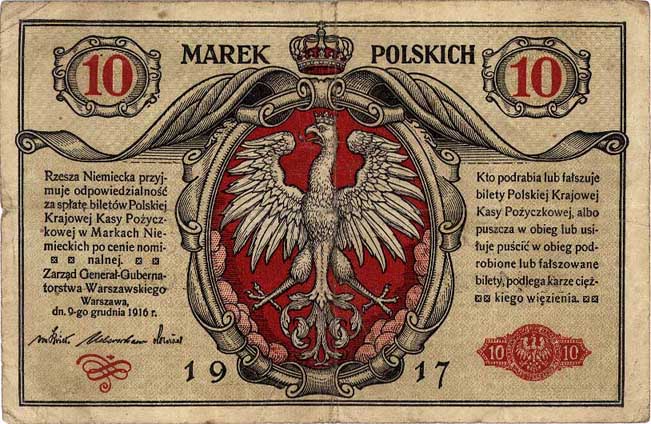
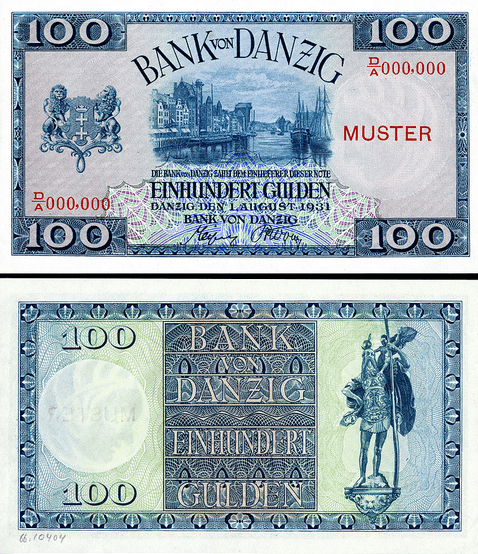





Regarding the beavers – it was not a misunderstanding, but a trick by the nobility to avoid fasting. Wealth in medieval Poland has often been shown off in courses, however faith imposed strict fasting rules, which usually banned meat and allowed fish. In some cases however, fish was also not available, hence beaver as a cheat/workaround came up.
Hi Patryk, thanks for the update – I did not know that! Best wishes. Jonny
Helena Rubenstein was another Polish beauty, skincare and makeup genius! Born in Kasimierz, Krakow on Christmas Day 1872.
Hi Christina, Thanks for the information. It is good to know. Best wishes. Jonny